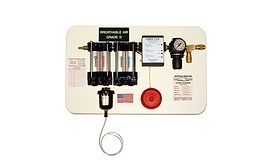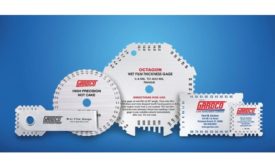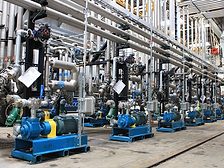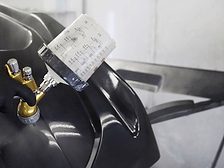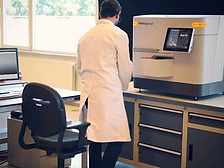Paint and Coating Equipment
Solving Solvents: The Case for Sliding Vanes
Sliding vane pumps offer potent processing option for low-viscosity liquids
Read More
Keep the info flowing with our eNewsletters!
Get the latest industry updates tailored your way.
JOIN TODAY!Copyright ©2025. All Rights Reserved BNP Media.
Design, CMS, Hosting & Web Development :: ePublishing


